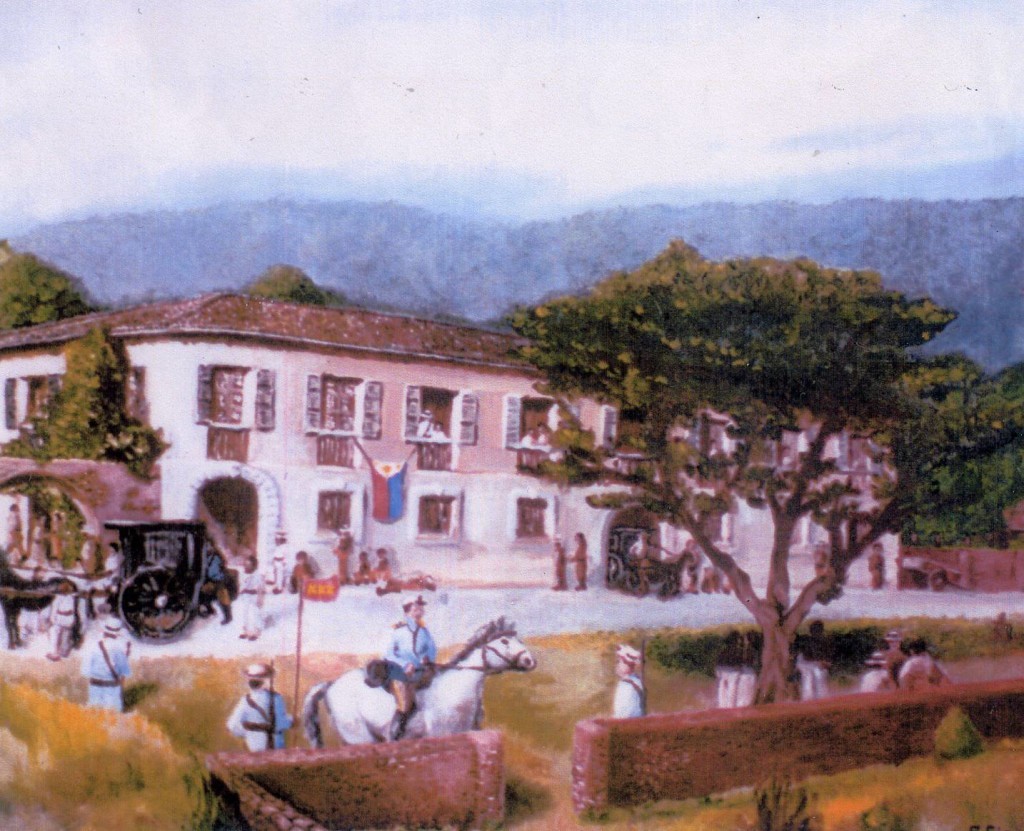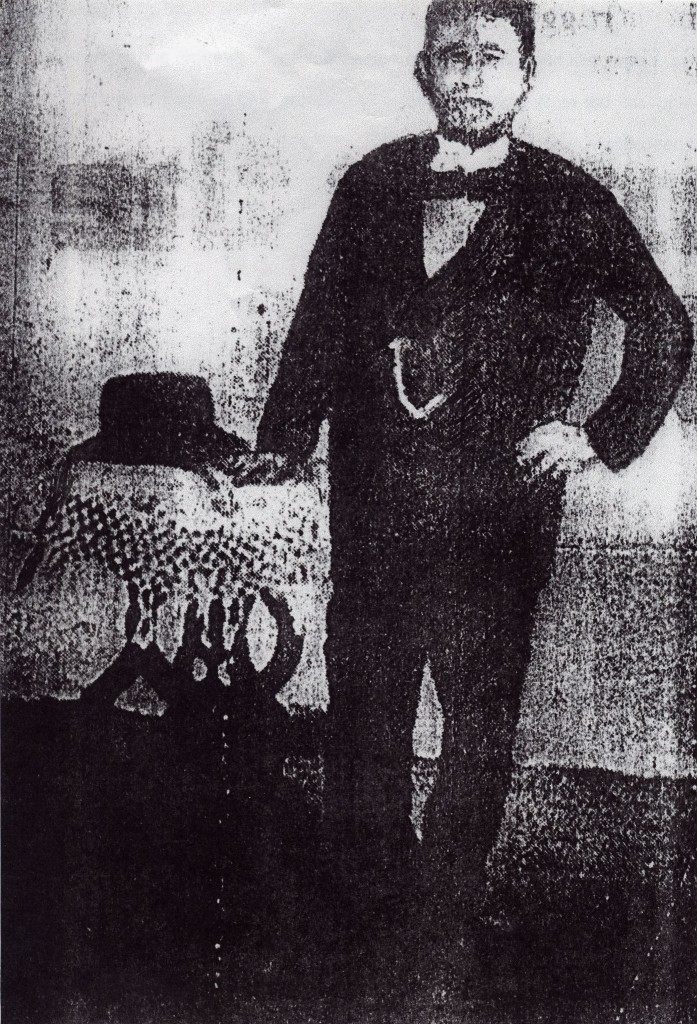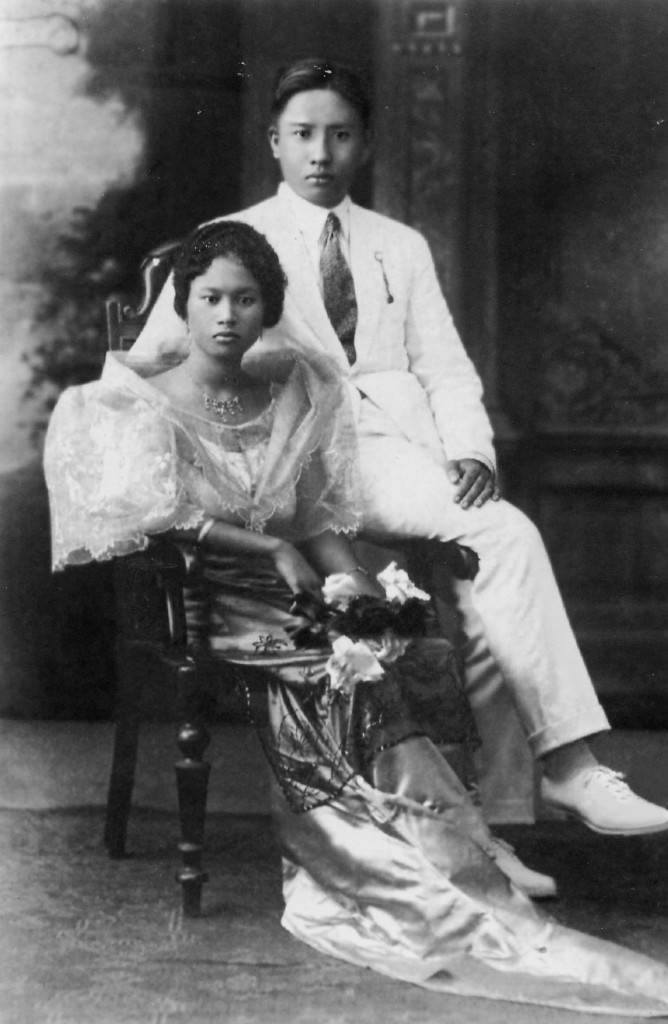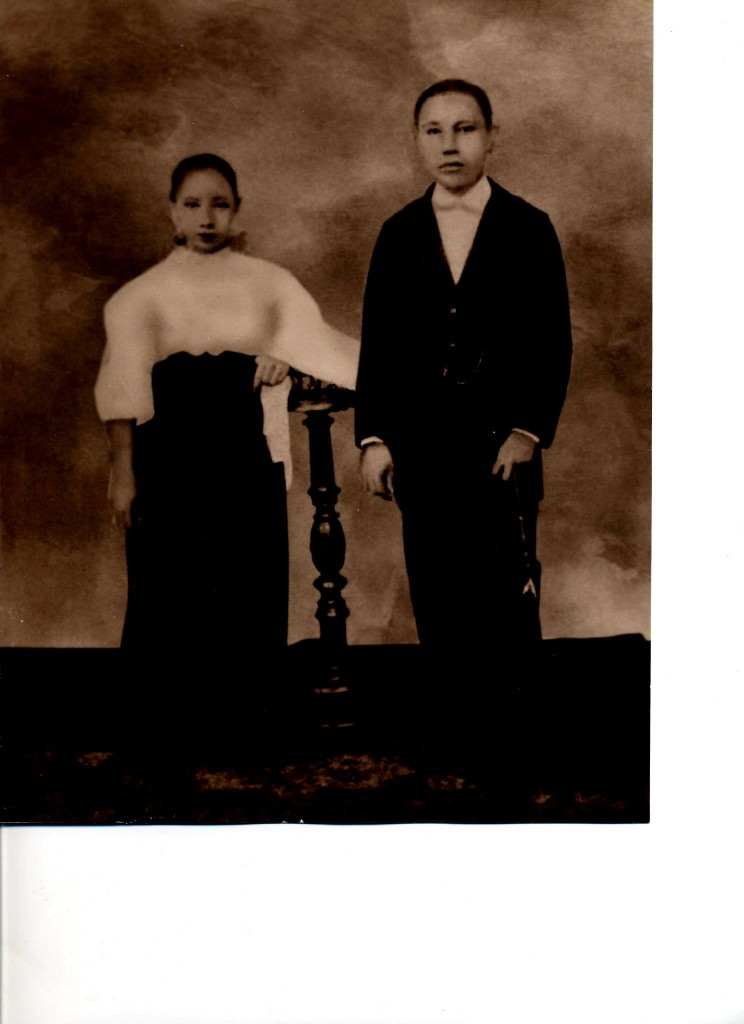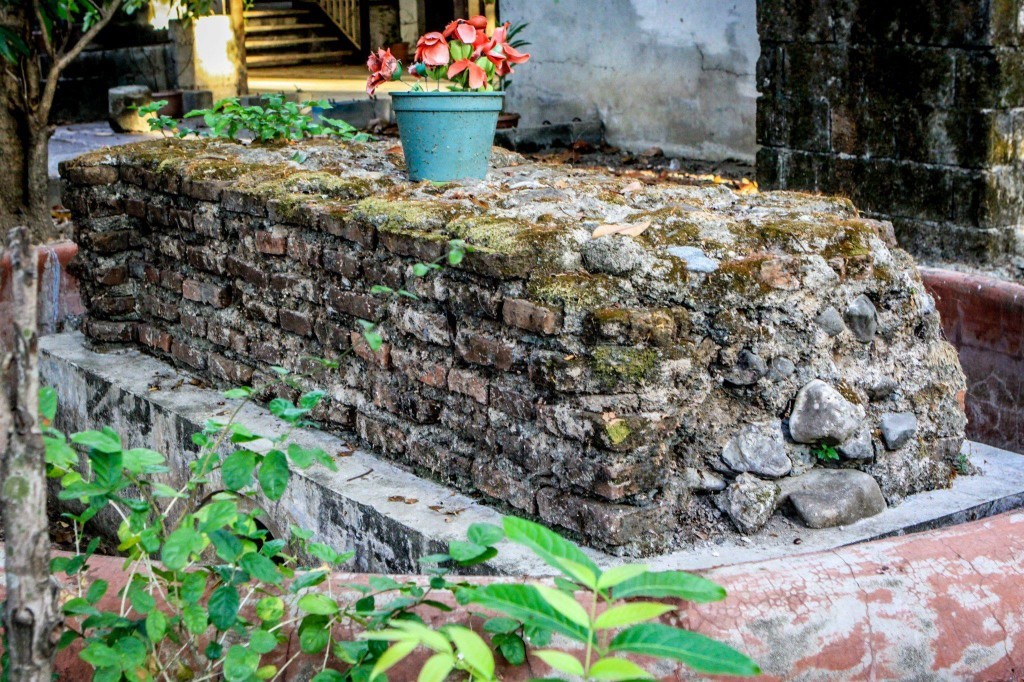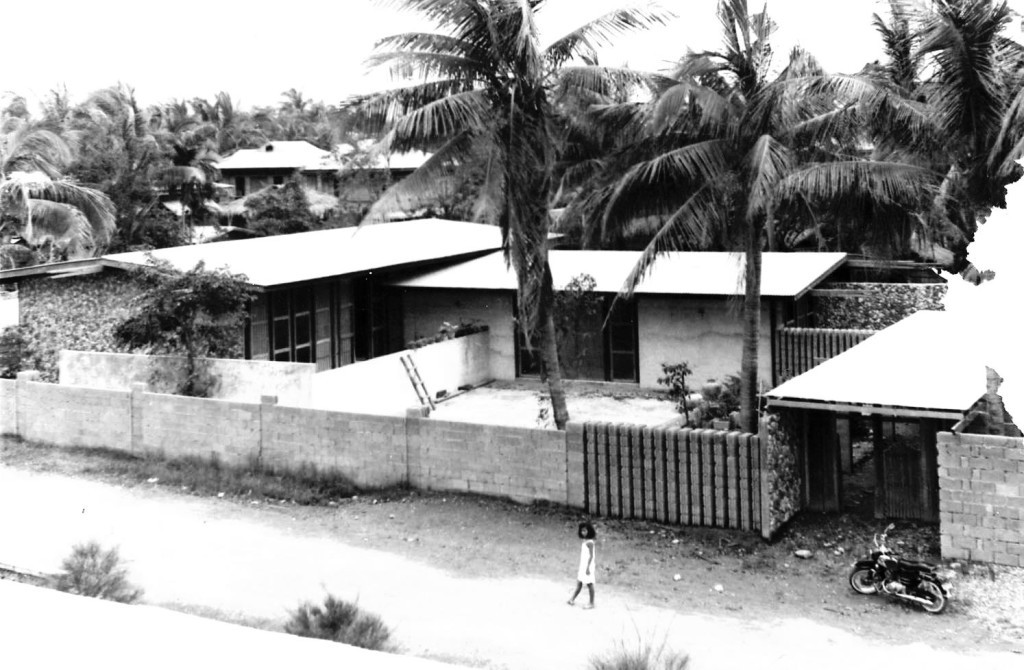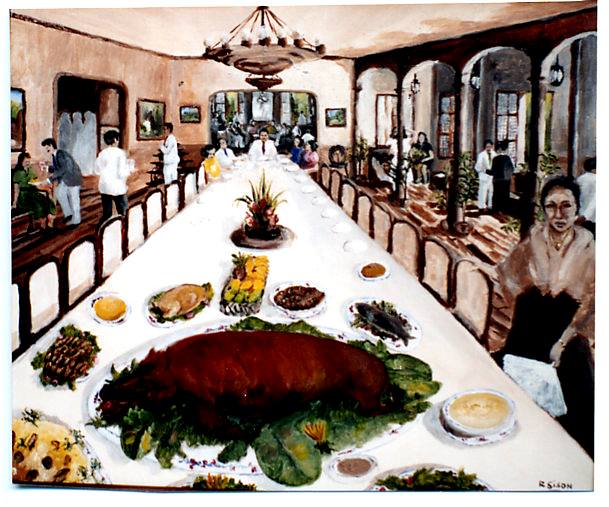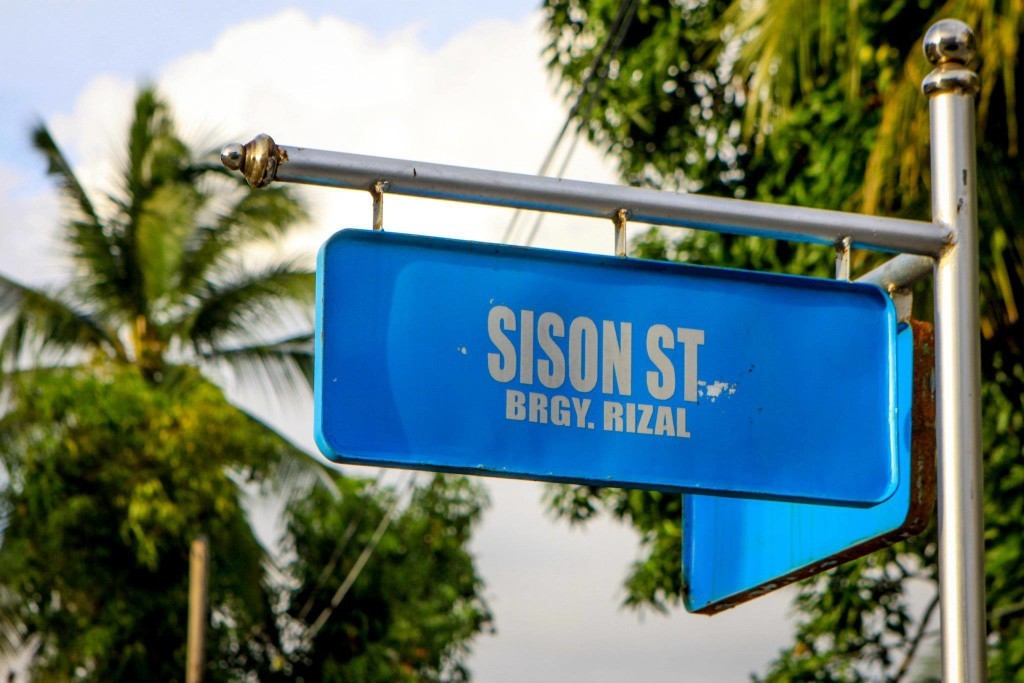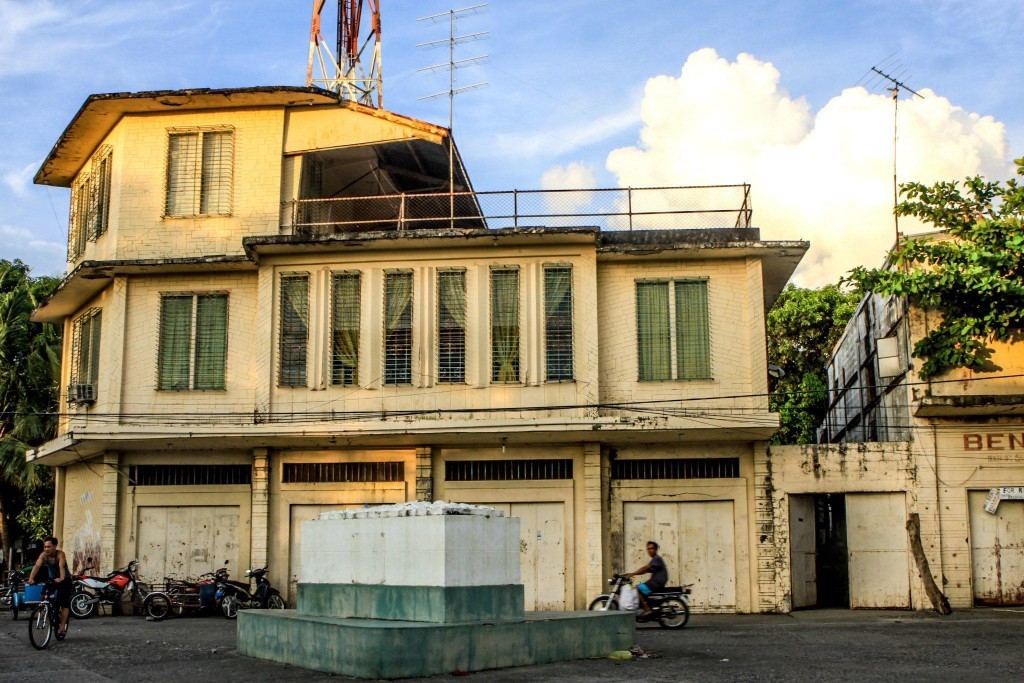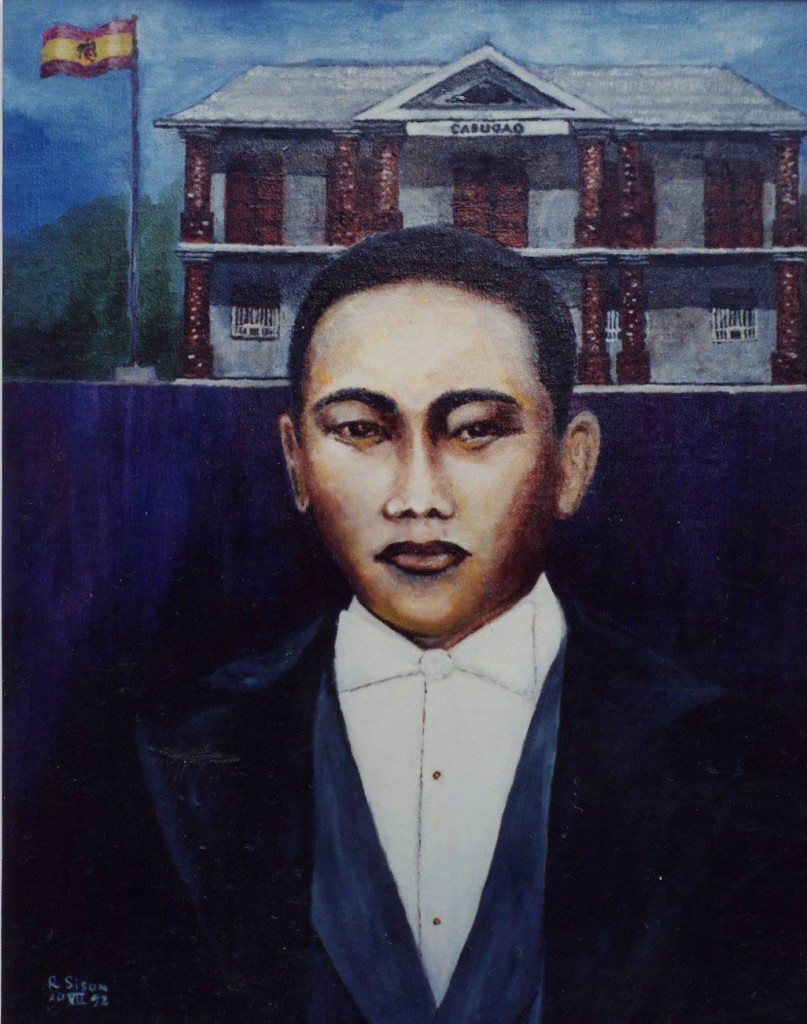Published in National Midweek, Vol. 1, No. 28, July 2, 1986
July 2, 1986
A book by William Henry Scott, Ilocano Responses to American Aggression 1900-1901 (Quezon City, New Day Publishers, 1986), save from almost total oblivion the just and heroic struggle of the Ilocanos against the US imperialism which reached the Ilocos at the turn of the century. As an account of the Ilocano guerrilla war which followed the dissolution of the regular forces of the Philippine revolutionary army, the book adds zest and drama to the retelling of the entire Filipino people’s struggle for national freedom. The Ilocano resistance was a major part of that struggle.
One of the values of the book is Scott’s fair presentation of both the strengths and weaknesses of the patriotic forces fighting US aggression. The Filipino revolutionary of today can discern the causes of failure in the resistance as well as draw lessons for the ongoing struggle against US imperialism and local reactionaries. Knowledge formed by hindsight of the changed objective and subjective conditions of the Philippine revolution promises eventual victory for the people against US imperialism.
The guiding ideology of the Philippine revolution which started in 1896 was liberal democratic. Its national spirit was strong insofar as it confronted blatant oppression and racial discrimination by a foreign power; and its antifeudal democratic content was likewise strong insofar as it was directed against friar landlordism, forced labor, heavy taxation on production and trade, and excessive religious exactions.
The Philippine revolution was victorious in its fight against Spanish colonialism. But when confronted with US imperialism, which issued the call of benevolent assimilation even as it unleashed its vastly superior military weapons, most of the revolutionary leaders floundered and eventually capitulated. As a class, they had no interest in carrying outa protracted peopleâs war and soon worried about loss of theirlives and property. They roused and shared the patriotism of the peasant masses, but did not offer them their share of the land or real freedom to sustain their interest in the armed struggle.
US imperialism was able to accommodate the newly emerged liberal bourgeois intelligentsia, the landlord class and the merchants. It could also momentarily relieve the peasants’ hunger for land by buying most of the friar estates for redistribution and by opening public land to homesteaders. Subsequently, however, the landlords and merchant-usurers were able to take over the small holdings of the peasants on former friar estates or in frontier areas.
The United States aligned the interests of its monopoly capitalism with those of domestic feudalism; promoted the free trade of locally produced raw materials and US products, and fostered the growth of the comprador big bourgeoisie; and expanded the educational system to produce the professional and technical personnel for its growing business and bureaucracy. Thus, the feudal society of the 19th century could glide into the semifeudal society of the 20th century.
Given the objective social conditions and the type of leadership of the old democratic revolution in 1900-1901, the guerrilla warfare that was waged in the Ilocos could not have made much headway against US imperialism, even if the guerrillas had been better marksmen, or had learned better guerrilla tactics.
Once more, in the resurgent Philippine revolution of today, the most progressive but minority class—the proletariat—is striving through its revolutionary party to lead the entire people to attain national liberation and democracy under the critical conditions of acute political repression and rapid economic deterioration. But unlike the Katipunan and the revolutionary government of the liberal bourgeoisie, the revolutionary of the proletariat clearly recognizes that a people’s war can be waged protractedly and victoriously against US imperialism and local reaction by arousing, organizing and mobilizing the peasant majority of the people in accordance with their democratic class interests against feudalism and semifeudalism.
Because of the integration of the armed struggle, agrarian revolution and mass base building among the peasants, the people’s army has persevered, grown in strength and advanced on a nationwide scale against an enemy far superior in military strength and using all the barbaric methods used successfully by the United States during the Filipino-American War.
The proletarian revolutionaries today clearly recognize the country’s semicolonial and semifeudal conditions and are carrying out a national democratic rather than a socialist revolution. The main content of the current revolution is the solution of the land problem. At the same time, the realization of the progressive demands of the petty and middle bourgeoisie are an integral part of the revolution. The new democratic revolution is a continuation of the old democratic revolution at a new and higher level in the era of modern imperialism and proletarian revolution. This time, however, the Filipino proletarian revolutionaries have better chances of winning than the bourgeois liberal revolutionaries had in the Filipino-American War.
Though still a minority class, the Filipino proletariat today is far more formidable than the liberal bourgeoisie was in the social landscape at the time of the old democratic revolution. The proletariat-peasant alliance today is far more solid and powerful than the liberal bourgeois-peasant alliance was then. The theory and practice of people’s war is far more developed today than ever before. Above all, social conditions as well as comprehensive theory permit the proletariat to become the most progressive political and productive force to lead social revolution now and in the future.
My own family participated in the Ilocos resistance to American aggression in 1900 and 1901, and quite a number of my relatives by blood or affinity are mentioned in Scott’s book. Belonging to the landed and mercantile principalia of Ilocos, they got inevitably involved in the Ilocano resistance. While the armed revolution raged, they played the role of enlightened patriotic gentry. Some information not revealed by the archival data on which Professor Scott’s book is based may provide further basis for thought relevant to the ongoing struggle.
The acknowledged patriarch of my family was my great grandfather, Don Leandro (Capitan Cando) Serrano of Cabugao, Ilocos Sur. He was one of the country’s magnates in his time. He had become the largest landowner of Ilocos Sur by the last quarter of the 19th century: his estate surpassed that of the Vigan-based Florentinos. It was concentrated in Cabugao but also covered large portions of Sinait, Lapog and Magsingal in Ilocos Sur and Badoc in Ilocos Norte. His maguey plantations also covered extensive portions of the seacoast of more than ten towns from Badoc to Santa Lucia in Ilocos Sur.
He was a Filipino patriot. Under Spanish colonial rule, specifically soon after the outbreak of the Philippine revolution in 1896, he and his son Enrique (married into the leading Valdez family of San Nicolas, Ilocos Norte) were among the Ilocos Sur principales (wealthy persons) arrested, interrogated and tortured by Spanish military officers and Augustinian friars on suspicion of being secret officers and promoters of the Katipunan in the province. Under the Philippine revolutionary government, he became the town’s delegado de rentas y de propriedad on August 24, 1898, and collected taxes and donations as well as contributed much of his own resources to support the newly organized national government and the Ilocos armed resistance to the US aggression.
Capitan Cando was the love child of the Spanish-indio mestizo Modesto Solosa and the Spanish-Malay mestiza Dominga Serrano. He had little formal education but received plenty of informal tutoring as an acolyte and young fiscal to the Spanish Augustinian curate, and he engaged in self-study. He was gobernadorcillo or capitan municipal (mayor) of the town for a long time, and was proud to have built the largest mansion in the province. With 25 rooms, it was said to have a total floor space of 5,000 square meters, excluding a dining hall that could seat hundreds, a chapel, and a four-level storehouse that was the biggest in the province. He derived much profit from exploiting the labor of his tenants and evidently took pleasure in spending much of his income—from land rent, interest on loans and trade profits—to build large brick structures. He built residences for his married sons, as well as a pleasure house in a barrio hideaway which after his death became a vacation house for nuns. These were all brick structures, built in the old European style.
After the defeat of the Spaniards and the withdrawal of Spanish forces from Cabugao on August 12, 1898, General Manuel Tinio and other revolutionaries often stayed in my great-grandfather’s mansion. Hundreds of Spanish prisoners from Ilocos Norte and Ilocos Sur north of Vigan were assembled here, and Don Leandro housed and fed them while they were waiting to be moved out. Quite a number of them who had married Ilocana women became his household servants while the revolution was on. I remember when I was a small boy, former Spanish servants of my great grandfather’s would still visit my parents and call me among (master) or señorito (little sir). Obviously, they had not yet gotten over the Spanish defeat of 1898.
Although the US military had a large garrison in the poblacion of Cabugao, General Tinio’s favorite guerrilla base was the eastern mountain barrios of the town. Here he could command a view of the Ilocos coast from Laoag to Vigan, his troops could take advantage of excellent ambush spots and have a sufficient food supply, besides. He himself could have easy access to his wife and sweetheart in Sinait.
My great grandfather gave strong support to General Tinio, Major Estanislao Reyes and the local Katipunan leader Faustino Centeno, a relative. All of Don Leandro’s tenants in four municipalities were under orders to deliver a certain portion of their crop to the guerrillas and to give them every possible support. In the latter part of 1900, when the US aggressors moved to seize suspected guerrilla rice stocks, some of their biggest hauls were made in and around Cabugao.
For this reason and because he refused to billet US officers in his house, he was arrested late in 1900 on a trumped up murder charge (no specific victim and circumstances on record) and complicity in the armed resistance. Subsequently, three of his sons were also arrested—my granduncles Simeon (whose son Jesus married into the Florentino family of Vigan), Cesareo and Santiago—and all four of them were deported. According to family tradition, the details are as follows:
After a short stint in the Vigan jail, Capitan Cando and his three sons were blindfolded, tied together, deposited in a box and put in the hold of a ship. The ship sailed for several days, and while at sea in the cargo hold, they were feverish and delirious. My granduncle Santiago estimated that it was four days and nights before they were dumped into a Spanish dungeon. Not until after the 1901 capitulation of the resistance forces were they returned to the Ilocos, and then by the same manner and length of time so that they never knew where they had been. It was their common guess that they had been taken to the Marianas.
Back in Ilocos, Capitan Cando was no longer bothered by the completely baseless charge of murder but he retained an enduring dislike for the American conquerors—an attitude passed on to succeeding generations in my family.
Even while Don Leandro and his sons were in exile, his son-in-law, Don Gorgonio Sison—my grandfather, Capitan Gonyong—continued the Serrano-Sison policy of giving clandestine support to the guerrillas while presenting a cordial face to the enemy. Don Gorgonio had been the last gobernadorcillo under the Spaniards and he became the first elected municipal president or mayor under the US colonial regime. His father was Don Julian Sison, the Chinese-Spanish-Malay son of Vigan-based landlord-merchant Don Atanacio Sison, who descended from Vicente Quimio Sison of Lingayen, an itinerant merchant in the early years of the 19th century. The Sisons of Vigan intermarried with the principal families in that city.
As was customary in Filipino families of Chinese ancestry, the Sisons kept a genealogy which traced their origins back to one Sy Son, a 16th-century Fukienese ship captain in the merchant fleet of Lin Tao-k’ien. It seems that during the last 30 years of the 18th century, the Sisons were listed for the first time as mestizos de sangley in the Lingayen church registry.
The Sisons had a knack for marrying into landed families in Pangasinan and elsewhere, and keeping themselves within the ruling elite. My grandfather, Capitan Gonyong, and his siblings absorbed most of the property of the Soller family, the biggest landholders in Cabugao in the middle of the 19th century, through inheritance from their Soller mother and a childless great-aunt who married Gorgonio’s brother-in-law (Don Teodoro Soller). Subsequently, two Sison brothers (including my grandfather) married the daughters of Leandro Serrano. By absorbing major portions of the Soller estate and the later and far larger Serrano estate as well as by making their own acquisitions, the astute Sison family acquired and maintained a preeminent position in my hometown.
With his advantageous parentage and his marriage into the ascendant Serrano family, my grandfather became gobernadorcillo and built a brick mansion second in size only to his father-in-law Capitan Cando’s. This smaller mansion was burned down in the course of a supposed revelry among US officers who occupied it—with my grandfather’s Chinese genealogy being lost in the flames. US officers were also known to boast that the easiest way to locate gold was to burn down a big house; but Don Leandro’s own cache of gold coins, buried under the ground floor of his granary in eleven jars, was thought to have been dug up by US soldiers.
My family has always believed that my grandfather Gorgonio was responsible for the arrest, trial and hanging of Commandant Francisco Celedonio in August 1901 following the Ilocos capitulation. Under the pretext of patriotism but actually out of personal animosity, Celedonio was supposed to have bayonneted my grandfather’s brother Benigno (a cabeza de barangay) to death, together with his father-in-law Basilio Noriega, who was elected jefe del pueblos of Cabugao under the First Philippine Republic. This was soon after the arrival of the US aggressors in December 1899. However, some members of the Sison family still insist that Benigno and his father-in-law were actually killed by a firing squad of the US cavalry beside the San Marcos Church in Cabugao for suspected guerrilla support, not by Commandant Celedonio.
After the Filipino-American War, my granduncle Don Mena Crisologo, became the foremost Federalista and first governor of Ilocos Sur under the US colonial regime, while another Vigan grand uncle Isabelo de los Reyes was consistently pro-independence and critical of US colonialism. My great-grandfather, Leandro, continued to expand his landholdings, accumulate land rent and engage in money-lending.He traded in rice, tobacco, indigo and maguey, and bought out some Tabacalera properties.
In the ersatz democracy under US colonial and semicolonial rule, his estate provided the income and captive tenant votes that enabled the quadrangle of Azcueta, Soller, Serrano and Sison families to keep the mayorship of Cabugao within the fold most of the time, and back up the election of my uncles Jesus Serrano and Sixto Brillantes as congressmen or governor.
Our families became close friends of US colonial officers: my grandfather Gorgonio, as mayor until he died in the 1920s, was always the first to entertain them when they came to town. A large tract of Serrano-Sison land in Tapao, Salomague, became a US naval reservation. And some of my relatives married US soldiers and bore Filipinos with names like Barbers and Wingo.
During the Japanese occupation, a situation developed similar to that during the US invasion at the turn of the century. When the Japanese fascists noticed a reduction in the rice being delivered by tenants to Serrano and Sison granaries, they realized that it was being coursed to the guerrillas and so subjected members of the two families to detention and torture. Indeed, as 40 years earlier, the tenants were instructed to reduce their deliveries to the granaries in the poblacion so as to serve resistance forces.
As a young boy at the end of the Second World War, I often heard stories from my elders about this patriotic tradition of our family in the struggles against both the United States and Japan. Thus did I learn something about the Filipino-American War in the Ilocos while other children my age were cherishing images of candy-throwing GI Joes.
But some of my playmates would also remind me of how my great grandfather had foreclosed mortgages on their great grandparents’ lands. Thus, even as a boy, I got a bit of anticolonial and antifeudal education long before I could read Marx or Mao Zedong.
